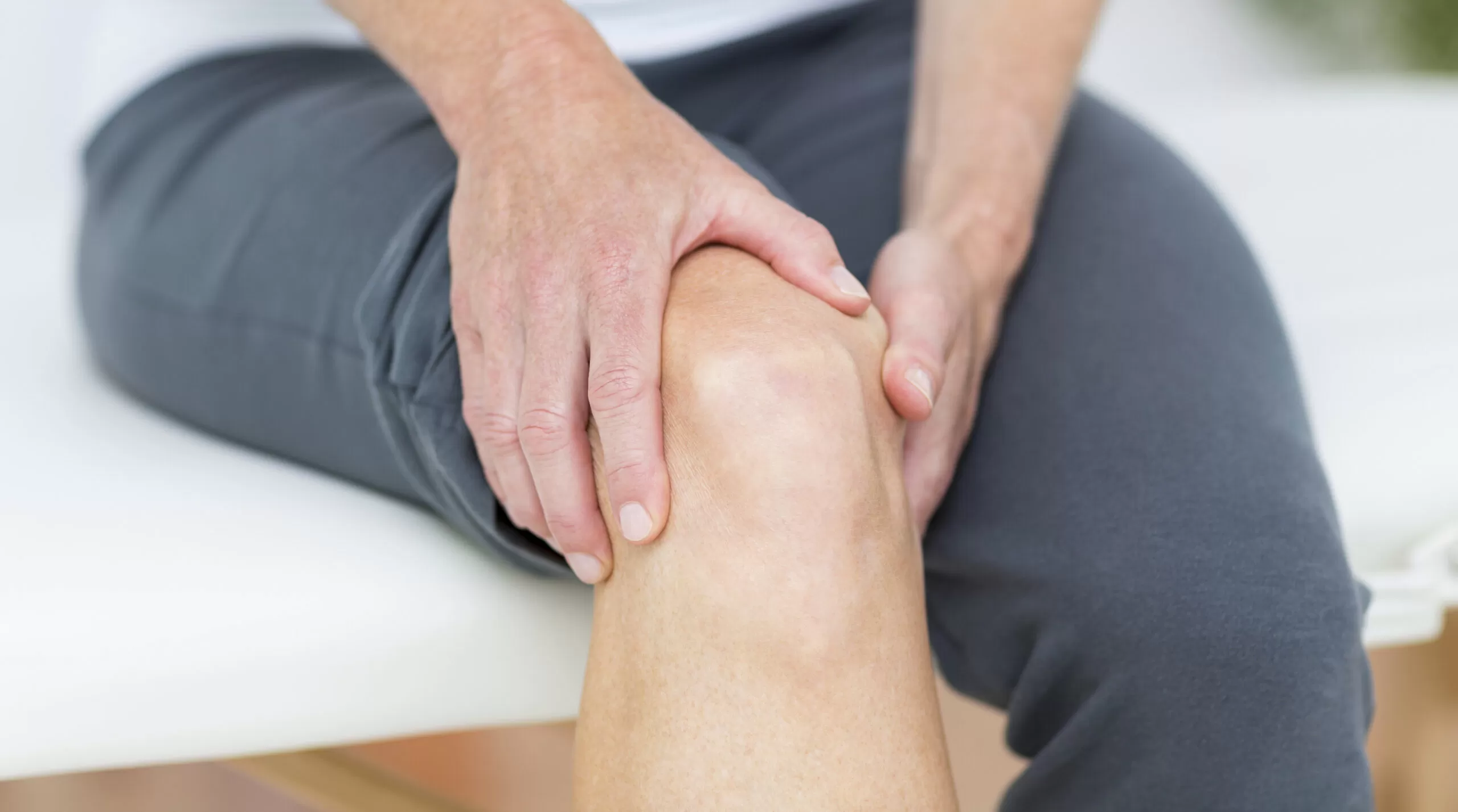
Finishing a workout is only half the story. The real progress happens when your body rests, rebuilds, and adapts. That is why post workout recovery is just as important as training itself. Proper nutrition fuels repair, while the right tools ease soreness and improve circulation. From protein powders in a stainless steel shaker to compression socks that boost blood flow, simple gear can make a big difference. Americans are increasingly recognizing that recovery is not only about sleep—it is about pairing smart diet choices with supportive equipment to maximize results.
The Role of Nutrition in Muscle Repair
After strength training, cardio, or even a long hike, muscles experience micro tears that require fuel to heal. Protein is the star nutrient here. Shaking up a scoop of whey or plant based powder in a stainless steel shaker is quick, portable, and convenient. A durable insulated lunch box is another ally, making it easier to carry hard boiled eggs, grilled chicken breast, or Greek yogurt for timely snacking. Including carbs—like brown rice or sweet potatoes—helps restore glycogen levels, giving your body the energy it needs for the next session. Consistency matters: small, balanced meals throughout the day prevent dips in energy and keep recovery on track.
Small Gear with Big Benefits
Nutritional support is vital, but gear accelerates comfort and healing. A heating pad applied for 15 minutes after an intense session relaxes stiff muscles and improves blood flow. Foam rollers are another must have, breaking up knots and increasing flexibility when used correctly. Many athletes also swear by compression socks, which gently squeeze the legs to encourage circulation and reduce swelling. These simple items fit easily into daily routines yet have outsized effects on performance. Choosing quality gear that is lightweight and durable ensures you will actually use it, rather than leaving it at the bottom of your gym bag.
Recovery Beyond Rest Days
Traditional advice often says to “just rest.” While sleep is non negotiable, recovery requires more active involvement. Light movement—such as walking, cycling at a gentle pace, or yoga—keeps blood circulating without overloading tired muscles. Hydration is equally critical, since water supports joint function and nutrient delivery. A stainless steel water bottle ensures drinks stay cold and refreshing, encouraging you to sip throughout the day. Many American fitness enthusiasts are now pairing diet, hydration, and recovery gear to create a holistic routine that fits into busy lifestyles.
Building Consistency in Your Routine
One overlooked part of recovery is habit building. Preparing meals in advance with an insulated lunch box makes it harder to skip protein or fall back on fast food. Keeping a heating pad and compression socks near the couch makes it easy to apply them while watching TV. Even short routines, like a five minute foam rolling session, add up when done daily. By setting up small systems, you reduce friction and turn recovery into a natural extension of your workout plan. The more automatic these practices become, the more sustainable your fitness journey will feel.
Conclusion
Recovery is not a luxury—it is the secret weapon behind every strong performance. Combining a protein rich diet with small, effective gear helps muscles repair faster, reduces soreness, and prepares the body for the next challenge. Whether it is mixing a shake in a stainless steel bottle, packing lean protein in an insulated lunch box, or slipping on compression socks after training, these actions multiply results over time. True fitness is not just about how hard you train, but how well you recover. Embracing recovery as part of your lifestyle means more energy, fewer injuries, and steady progress toward your goals.





